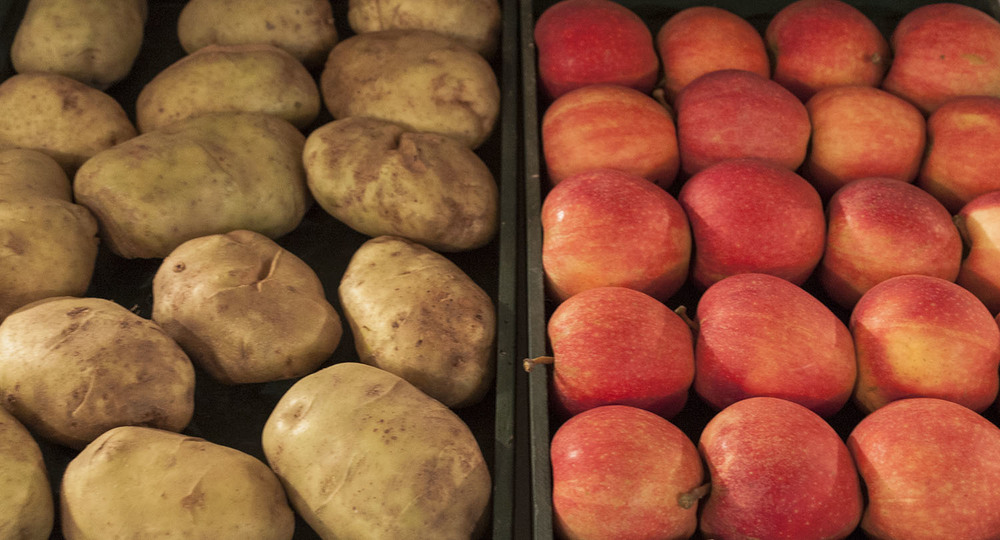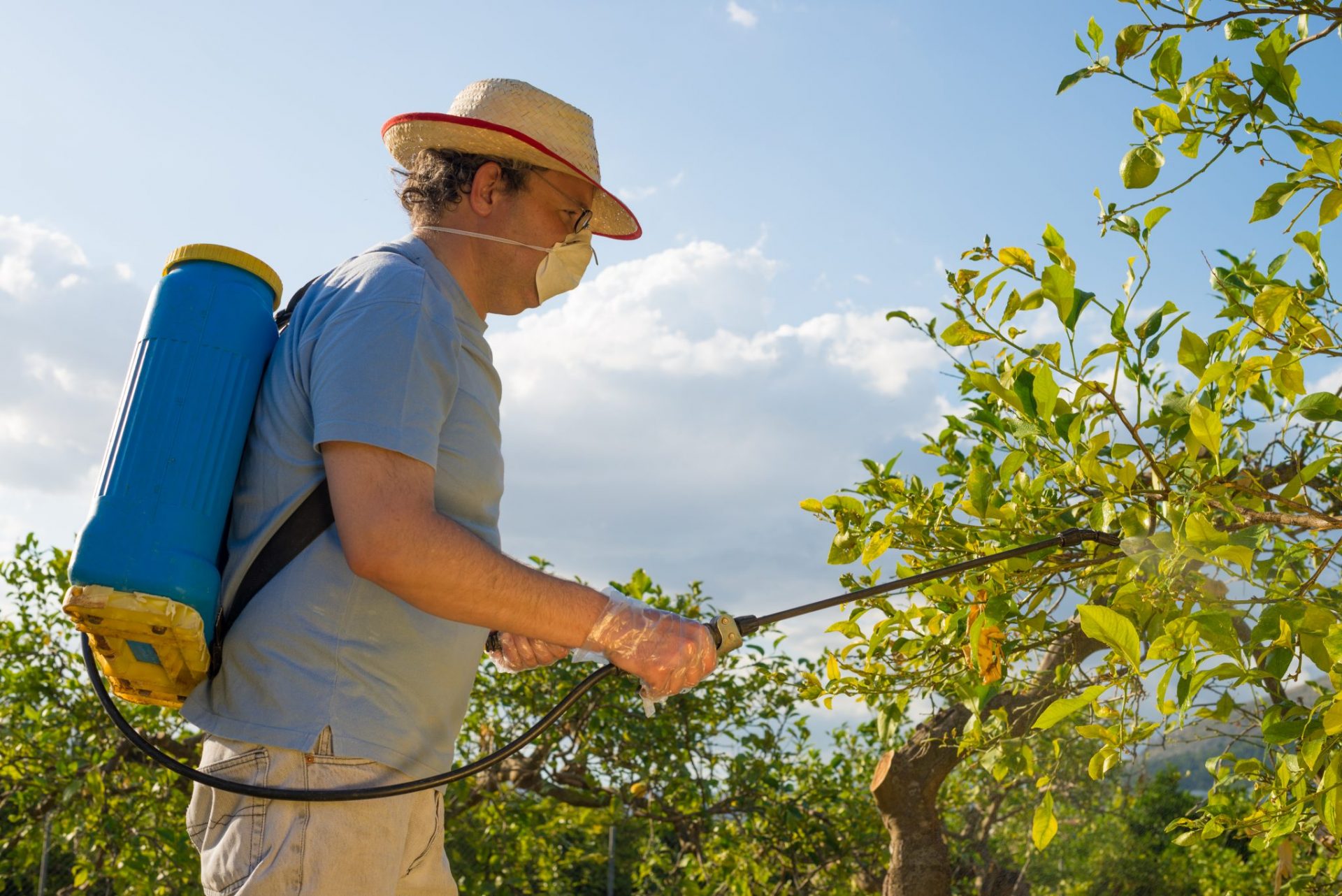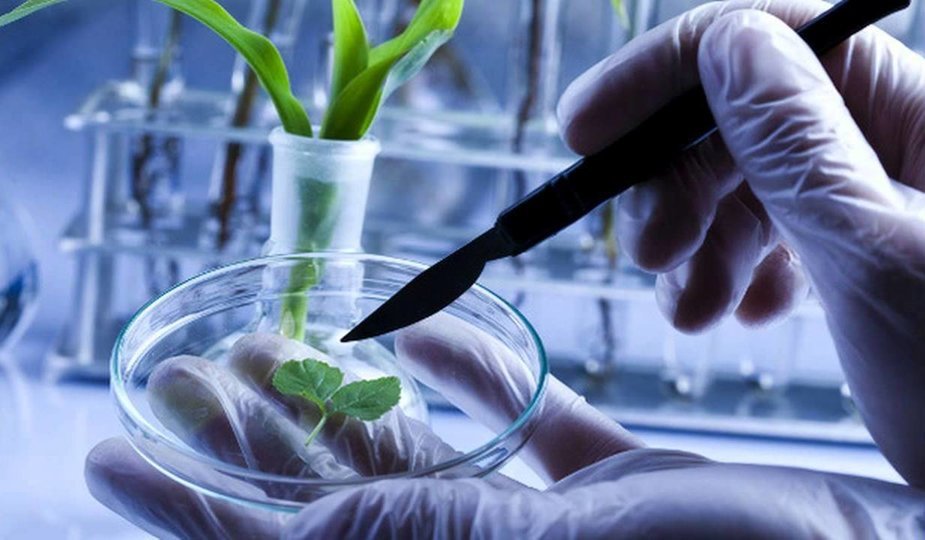(NaturalHealth365) Most of us associate drinking out of glass drinkware with a higher-end dining experience. However, University of Plymouth researchers have determined that some glass drinkware and other products could be exposing you to toxic levels of lead and cadmium.
There are legal limits regarding certain chemicals, substances and heavy metals allowed in household products. However, the researchers determined that many enameled drinking glasses and other merchandise contained as much as 100 times the legal limit of cadmium and over 1,000 times the allowed level of lead.
Over 70 percent of drinking glasses contain lead and cadmium
The items tested ranged from water tumblers and beer mugs to wine glasses and glass jars. In all, nearly 200 tests were conducted on 72 used and brand-new glass items. Cadmium was found in 134 cases and lead in 139.
Products with added coatings or glaze were found to chip and flake over time, indicating that these substances could easily be ingested. There is evidence that some children’s toys and playground equipment could be made of similar hazardous materials that pose health risks to children. However, the risk posed by drinking glasses is higher due to direct exposure to the lips and mouth.
For the study, a range of glassware types were examined using portable XRF (x-ray fluorescence) spectrometry. The researchers found that over 70 percent of the products tested (52 of 72) contained lead. All glass colors tested were positive for lead. Nearly the same number (51) tested positive for cadmium, with the highest concentrations found in red colored enamels.
Lead and cadmium in glass products threaten health of humans and the environment
The U.S. Office of Environmental Health Hazard Assessment sets limits for the lip area of drinking glasses at 200 ppm for lead and 800 ppm for cadmium. The research showed lead concentrations from 40 to 400,000 ppm and cadmium levels from 300 to 70,000 ppm.
Hazardous elements in the materials, coatings and glaze of decorated glassware has ominous implications for human health. Lead and cadmium also pose a risk to the environment. The research was published in Science of the Total Environment.
These days people are flocking to glass water bottles, tumblers and beverage containers as an alternative to plastic due to the health hazards associated with it. However, many of these glass containers may not be safe to hold to your lips, especially if they have been coated, colored or decorated in any way.
Consumers should demand safe materials and manufacture of drinking glasses
Safer alternatives to these coatings are available, including organic versions of many inks and glazes. Given this information, product manufacturers should be encouraged to use safer methods when creating these items. Unfortunately, many glass items are imported from overseas and it can be unclear how they were made and what harmful components might have been included.
Harmful and restricted elements should not be used to decorate contemporary glassware in any country. If in doubt, don’t buy it or use it. Consumers should demand specifics from glass dishware manufacturers and insist that they eliminate toxic materials from the manufacturing process.
Sources for this article include:
ScienceDaily.com
NaturalHealth365.com
GMOs & Dangerous Chemicals
Natural Health 365
Natural Health 365 is a premium source of trending and popular health-related news, science, testimony & research articles on the most up to date and relevant natural health information. The articles on GMOs & other Dangerous Chemicals found herein are meant to inform and advise our site visitors on steering clear of foods and other consumer products that contain Genetically Modified Organisms and/or Chemicals that are DANGEROUS to human health.
Join thousands of daily visitors staying informed and involved on Natural Health 365! We seek out scientific solutions with proven results and it is our mission to keep you up to date on the latest information! Articles range in topic from vaccination overviews to linking specific, common vaccines to the development of autism. We also aim to educate the public on the dangers of vaccines and provide in depth analysis of political vaccination bills.
Read Some of Our Most Popular Articles
Consumer Alert: GMO Apples & Potatoes are a Public Health Risk, Roundup Herbicide & GMOs Destroy Your Digestive System, US Senate Votes to Shut Down GMO Labeling Bill, Monsanto Lies Revealed.
GMO & Dangerous Chemicals are two of our major post categories on www.naturalhealth365.com and contain over 90 articles that cover a wide range of subjects; including but not limited to…
GMOs & Dangerous Chemicals
More Articles on GMOs & Toxic Chemicals
In addition to publishing articles concerning the most up-to-date information on GMO Foods, Research, & Toxic Chemicals that have dangerous and unintended consenquences, we also aim to connect healthy lifestyles, non-GMO diets and balanced consumption of dietary supplements to lifelong health and adding happy years to your life.
DID YOU KNOW?
Did you know that Monsanto is one of the most profitable entities on the planet, while the farmers that make them so successful are barely able to feed their families? Or that mono-cropping erodes our top soil so that no vegetables, grains, or fruits will grow in the wake of a mono-cropped field? Perhaps you didn’t know that organized events to protest Monsanto and their signature chemical, Roundup? You can find all of that information and more right here on Natural Health 365.
Join Our Email List
Each day, visitors sign up for our weekly informative news sent directly to their email or RSS feed agregator. We send out three weekly emails keeping you informed and involved on the latest Natural Health News, information about our FREE SHOWS and updates on your favorite topics including Food & Nutrition, Cancer & Heart Disease, Vaccines & Autism, & – of course – GMOs & Dangerous Chemicals!
You can also check out our VIP member area, The Inner Circle, where you get access to thousands of recorded interview (audio/video), pod casts, & literature by some of the worlds foremost experts on Natural Health and Treatments that could save you thousands! Learn how to REVERSE disease without the use of toxic and expensive medications.
Natural Health 365 also is a venue for webinars on various topics, has a flourishing e-commerce store where you can purchase vitamins, pro biotics, supplements and unique products such as Grazing Goat Whey Protein.
Grazing Goat Whey Protein™ is formulated exclusively for the health-conscious consumer looking for the finest whey protein nutritional supplement on the planet.* Best of all, this goat whey protein comes from goats that graze – 365 days per year – on pesticide and chemical free pastures. No hormones, antibiotics or pesticides are used – ever. This product is non-GMO and gluten free.










